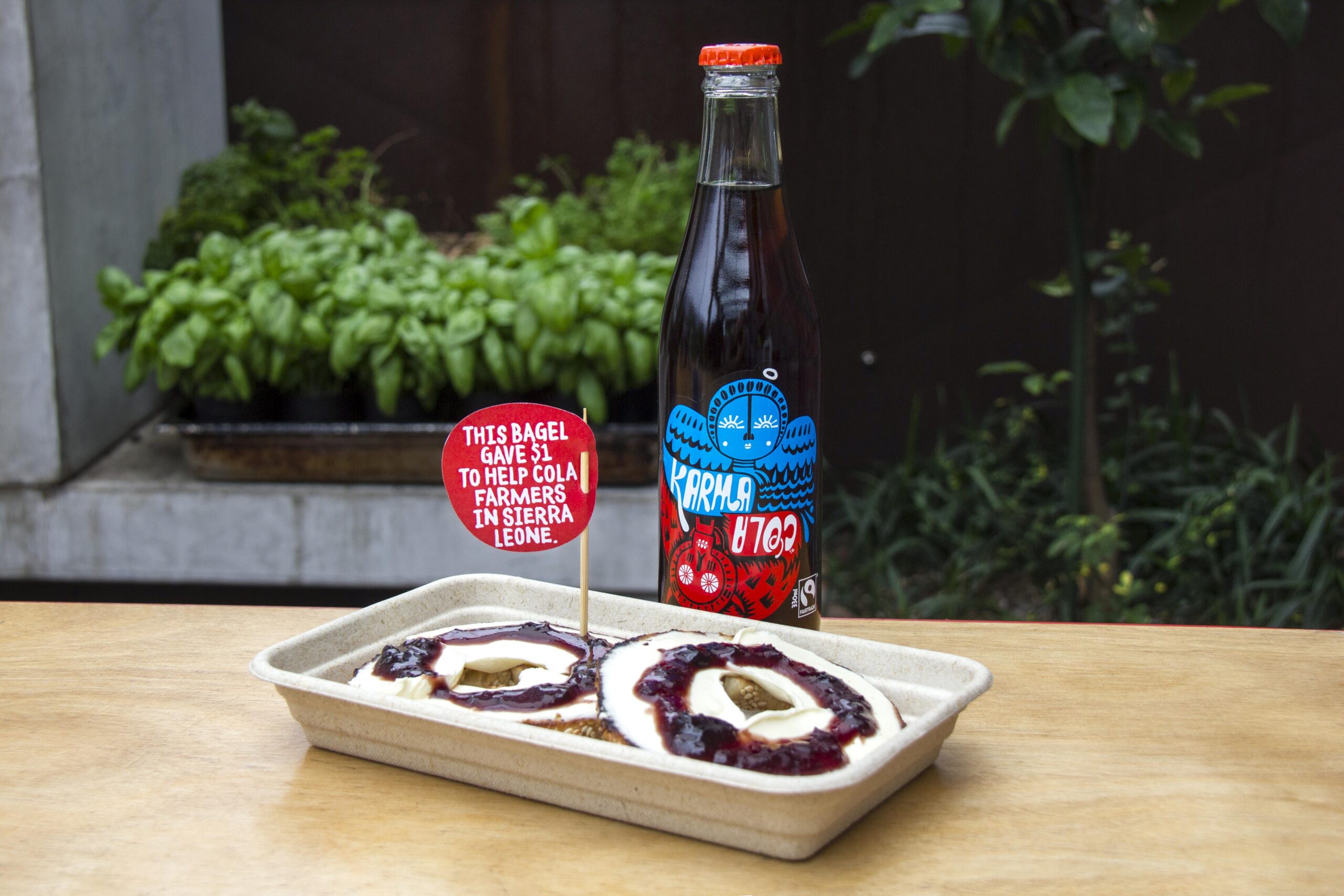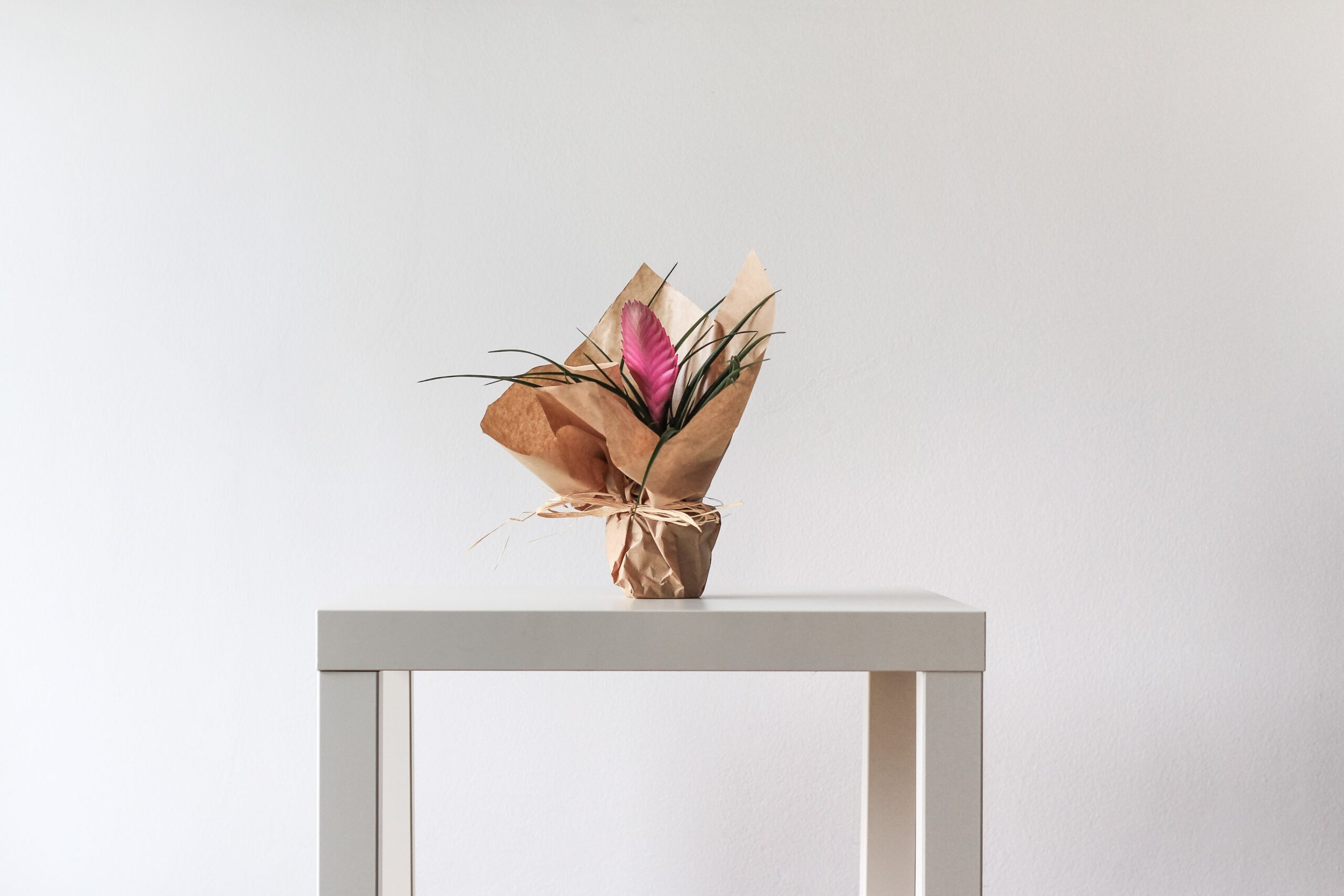The future of homebuilding is earthy, curvy and a little bit dirty, according to Emily Penick. The American-born entrepreneur is importing a state-of-the-art 3D-printing crane from Italy to begin shaping the future of eco-dwellings in Aotearoa, New Zealand. Against a backdrop of unaffordable housing and dwindling natural resources, returning to the materials our ancestors once used feels fitting. The ability to create low-cost homes using the earth beneath our feet could undoubtedly alter New Zealand’s housing market.
Penick is the founder and CEO of Dirty House, the company bringing 3D-earth printing to our shores for the first time. Earth homes and 3D printing are certainly not new inventions (humans have been using earth to build homes since the dawn of civilisation, while 3D printing took off in the 1980s), but their pairing is. “It’s an ancient practice combined with cutting-edge technology,” Emily says. “We want to reshape how homes are built in New Zealand.”
The show’s star is the Italian-designed CRANE WASP 3D printer, its arms capable of creating dome-shaped clay homes in days. The prototype in Northern Italy was made with soil dug from the surrounding site and waste materials from rice production like chopped straw and husks. Fully biodegradable, the 30-square-metre dwelling has zero environmental impact.
The Founder’s Journey
“I’m a bit of a geology nut; I love dirt,” Emily says. She’s long been a fan of earth homes and earthships (a form of “biotecture” that uses natural and recycled materials). She studied geology and theatre at university, the creative arts stealing her heart, and moved to Tauranga with her partner in 2023, drawn to Aotearoa’s landscape and a different pace of life. “I was inspired by how Kiwis innovate with integrity, especially in housing and design.”
Her current life in Tasman is slightly different from the bustle of New York, where she worked in events like the Met Gala and Broadway shows. “I’m used to logistics and set-building; that’s why I partnered with Harriet Pilkington – our powers combine.”
Harriet (co-founder of Young+Richards+ architecture firm) is Dirty House’s designer, an expert in sustainable builds and acquiring the all-important council ticks of approval. She designed the first Earthship in the bush-lined Puketui Valley, Coromandel, in 2015.
“My partner and I were originally looking at building an earth home, but because we’d just moved, we didn’t have the luxury of having a lot of friends to help with the build,” says Emily. She came across the Italian 3D-earth printing technology while researching online. “The more people I talked to about 3D-printed earth homes, the more people agreed they’d also love one.”
She reached out to Harriet in October 2023, and the pair bonded over a shared passion for permaculture and a belief that shelter is a human right. “She was instantly intrigued by the idea of blending traditional building methods with cutting-edge technology for sustainable housing.” The Italian designers were just as enthusiastic about 3D-printed earth architecture reaching New Zealand’s shores, offering their full support. The printer is expected to arrive in early 2026, with Dirty House’s prototype planned for Harriet’s Waiheke Island property.

The House That WASP Built
It may not be obvious, but 3D printing technology is incredibly present in our lives – in cars, hearing aids, and even our sneakers. Houses, too, have been 3D-printed with concrete. But as Emily stresses, we live in a world where the way we build must consider the climate crisis. “The problem with the Italian-designed CRANE WASP 3D printer, its arms capable of creating dome-shaped clay homes in days. Concrete is that its main ingredient requires sand mining – it’s a limited resource.”
Manufacturing concrete releases nearly a kilogramme of CO2 for every kilogramme produced, while mining sand has long been a contentious issue in Aotearoa. Locals have protested the mining of beaches like Pākiri and Mangawhai for decades. Dirty House’s approach to housing uses hyper-local dirt combined with natural materials. “WASP creates these thick walls on-site that are very breathable because they’re made of natural materials. In Italy they’re filled with rice husks; we’re excited to start research here on using hemp and wool.”
Using printing material that can be locally sourced (quite literally a hole dug on a building site) reduces costs. The exact price tag for a 30-square-metre dwelling here is yet to be determined, but the cost of materials for the Italian prototype ‘Gaia’ with its 40cm-thick walls totalled €900 (approximately $1700).
The dwellings can be built in as little as 72 hours, with a team of three to four people monitoring the crane screen and mixing materials. “The soils in Aotearoa are diverse from region to region; just look at a soil map. What we’ll do is make a hyper-local mix,” says Emily. It’s early days for Dirty House; the team is in the research and development phase for the next year (with ongoing support from Callaghan Innovation). They’ll be focusing on creating prototypes and mixes while forging partnerships with agro-industries and sustainable designers.
The Future Of Dirty House

Dirty House is starting small with its builds, focusing on 30-square-metre one-storey dwellings based on the Gaia model. Walls can be printed up to 3.6 metres high, within councils’ building limits. “We’ll use the pilot build on Harriet’s land to welcome councillors and architects to prove these are worthy buildings. Once councils are on board, we can scale up to full-size homes.”
A 3D printing crane offers flexibility shape-wise. “We’re starting with a circle but can ultimately achieve more complex serpentine curves or lattices, limited only by the imagination and Harriet’s capable engineering team.” Dirty House envisions public printing demos – like a 30-square-metre dwelling printed in 72 hours at a festival.
Emily wants to create spaces that are as sustainable as they are resilient. “Dirty House is either carbon neutral or carbon negative, and that’s essential both to our values and to our future as a species. I would hope the first crane we bring here gets so busy that we need to bring more over.”
Dirty House’s ultimate hope is to bring down the cost of having a quality home, and Emily wants Aotearoa to champion this modern yet incredibly ancient way of building. “I hope it shows that we can create healthy, beautiful homes made out of earth, just as our ancestors did.”
Follow the journey or get involved: dirtyhouse.co.nz






